For those passionate about the world of aviation and flight, it is an incredibly exciting time to be alive.
The COVID-19 pandemic was a huge, unprecedented body blow to the aviation industry, but the future is looking remarkedly brighter than where it once was, despite Boeing’s current problems over safety.
Only last month India’s biggest budget airline, IndiGo, announced an order for up to 100 Airbus A350s, representing the carrier’s first leap into the long-haul market and a sure sign that the industry is expanding.
And the United Kingdom’s largest airport, London-Heathrow (LHR) announced that the first financial quarter in 2024 was its busiest start to the year on record and the outlook for the entire year is very much the same.
What’s more, the aviation sector is on the cusp of new, innovative, and revolutionary concepts that have the potential to reshape the entire way populations travel.
Among the most significant are hydrogen powered aircraft, electric regional planes, electric vertical takeoff and landing (eVTOL) aircraft and supersonic commercial flights.
However, by far it is the subject and discussion around eVTOL aircraft that is causing the biggest stir with increasing numbers of newspaper column inches dedicated to the advancement of the humble ‘Flying Taxi’.
Why is everyone talking about eVTOLs?
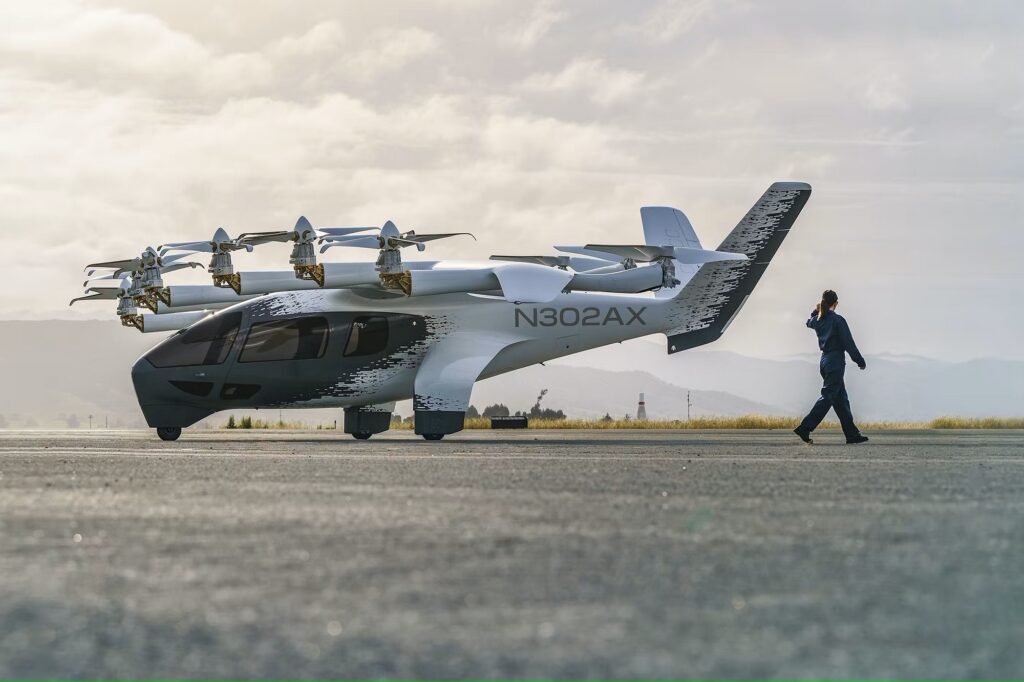
The evolution of eVTOL aircraft taps into the part of the brain that has long dreamt of a futuristic world where everyone is flying around in pods parked on their driveway.
It’s a concept that consumers have been fed for decades in Hollywood movies and science fiction novels, so it is perhaps no surprise that the anticipation surrounding the introduction of eVTOLs is building.
The eVTOL developers are playing their part too with an incredibly efficient publicity machine that ensures every twist and turn of the aircraft’s development is shared with the world.
And the sums of money involved in developing the aircraft and building the infrastructure to support the eVTOL network are staggering.
Only on April 25, 2024, one of the leading eVTOL innovators Archer Aviation announced that it had signed a multi-hundred-million-dollar agreement with Abu Dhabi.
Designed to accelerate Archer’s planned commercial air taxi operations in the United Arab Emirates (UAE), the framework agreement includes in-country manufacturing, operations, and training across the region with operations set to commence in 2025.
Are eVTOLs for me?
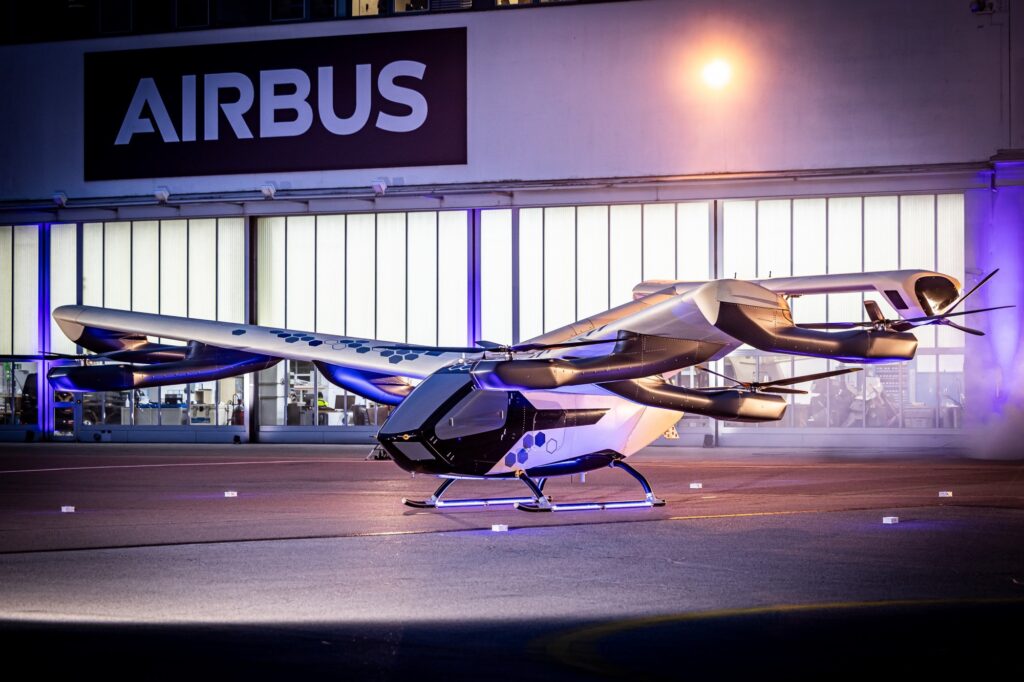
What is alarming about the rapid development of eVTOLs is there are still so many hoops to jump through before they can begin carrying passengers.
Public acceptance is an issue that will become more prevalent as awareness increases and counteracting the idea that eVTOLs are only for the very wealthy will be a tricky obstacle to overcome.
However, there are also positive signs, such as the Chinese developer EHang becoming the first company in the world to obtain type certification for its flying taxi.
But as aviation history has taught us, when all the problems are overcome that will still not be enough to ensure the survival of the eVTOL industry.
Here are just some examples of incredible ideas and concepts that were brought to life but never fully realized their potential.
Airbus A380
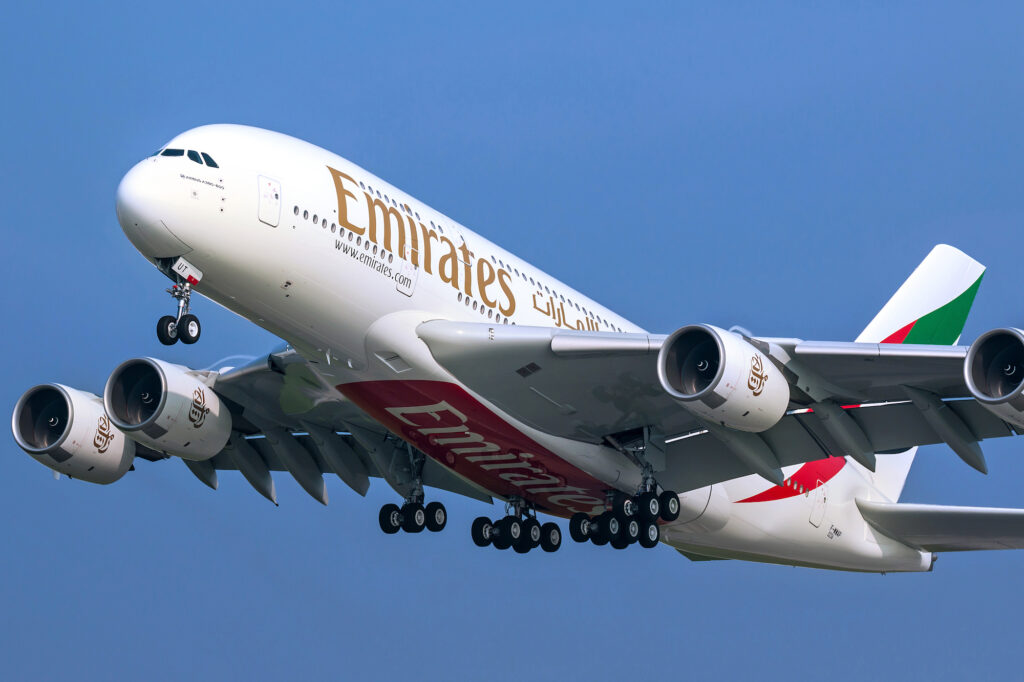
In February 2019, following the news that Emirates was reducing its order for the Airbus A380 the planemaker announced production of its superjumbo would end in 2021.
It was an astonishing turn of events for an aircraft that promised so much but, in the end, failed to deliver.
When the project to build the A380 was announced there were critics that said that an aircraft of its size was not viable, but few would have predicted the end would come so soon after its launch.
The Airbus A380 is undoubtably a magnificent aircraft and it is great to see so many airlines increasing its use. But it acts as a perfect example for the eVTOL industry that a vision does not always translate into reality and sometimes critics are proved right.
Concorde
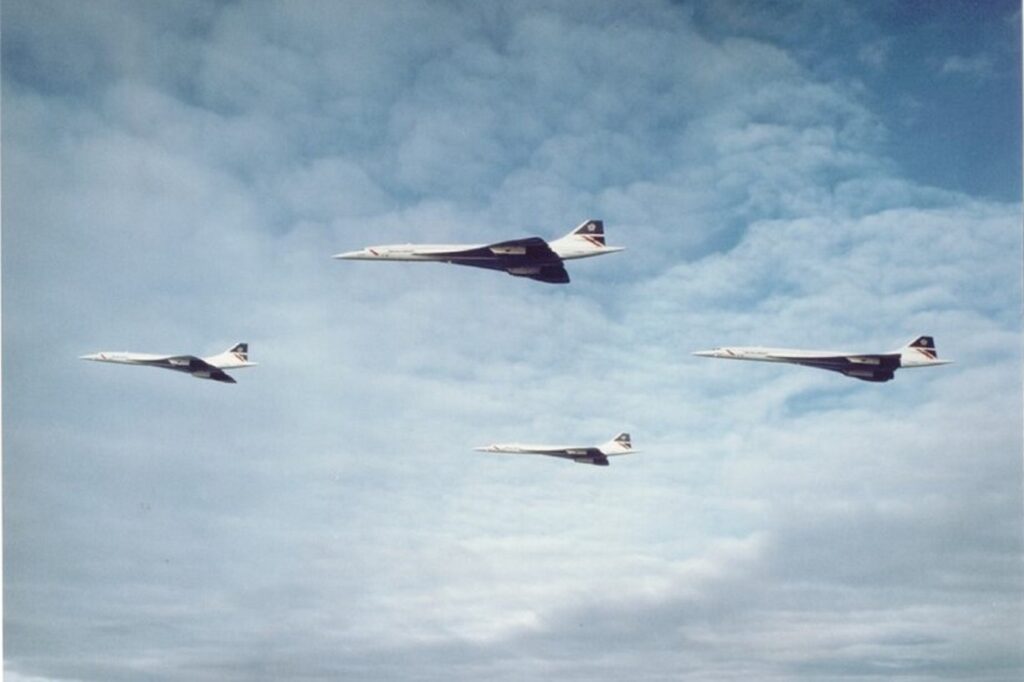
It is difficult to comprehend the levels of excitement that surrounded the launch of Concorde or how ahead of its time the aircraft was when it carried its first paying customers in 1969.
Concorde will always remain synonymous with British Airways and France but during development more than 100 non-binding orders were made for the supersonic jet from major airlines such as Lufthansa, Japan Airlines, American Airlines, United Airlines, Air India, and Air Canada.
Much like the eVTOL industry today many airlines saw Concorde and supersonic flight as the future.
However, 27 years after commercial operations both British Airways and Air France announced that they would retire their fleets.
A fatal crash on July 25, 2000, shortly after an Air France Concorde took off from Paris, a drop in air travel following the 9/11 terrorist attacks in the United States (US), the aircraft’s high fuel consumption leading to lack of profits and restrictions to only use supersonic speeds over the ocean all contributed to its downfall.
For all its promise of being the future of flight, Concorde was unable to live up to the hype and its journey from development to becoming operational certainly chimes with the ambitions of eVTOL technology.
But in many ways, maybe Concorde was just ahead of its time. And with the development of a new era of supersonic passenger aircraft, super speed travel will have its day again.
Space shuttle
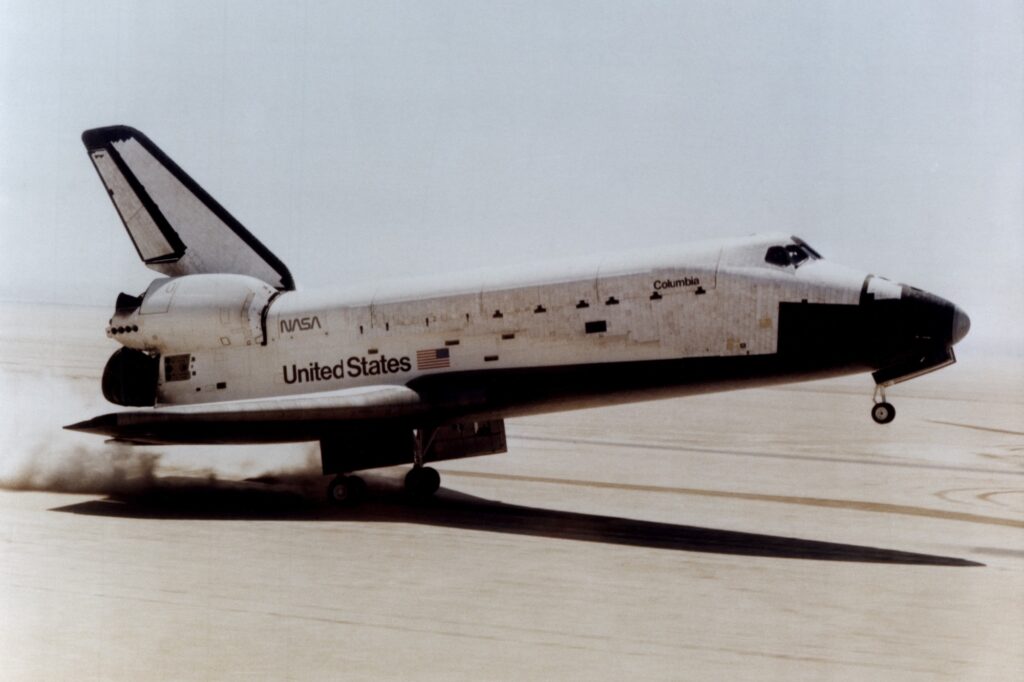
Not strictly aviation, but the space shuttle is another concept that promised a great deal but perhaps did not achieve everything that was planned for it.
n February 1, 2003, Space Shuttle Columbia disintegrated as it reentered the earth’s atmosphere, killing all seven astronauts on board.
The event was the second space shuttle disaster since its inception following the loss of the Challenger crew in 1986.
While the 2003 tragedy was certainly the immediate cause for ending the space shuttle project the cracks were already appearing, placing its future in jeopardy.
When the last space shuttles were retired, they were not even halfway through their flight lifetimes, but the costs involved in operating the spacecraft had spiraled.
While the spacecraft’s many achievements included helping to build the International Space Station (ISS) and transporting the Hubble Space Telescope, the project was sold to the public as a low-cost way of accessing orbit and that turned out being wide off the mark.
“The bottom-line answer is that it was too expensive. Way too expensive,” former NASA Jet Propulsion Laboratory system engineer Mark Adler wrote for Newsweek in 2015. “The shuttle never met its promise for low-cost access to space by virtue of the system’s reusability.”
The advent of Space X has helped address many issues around expense but with each space shuttle project costing more than $1.5 billion it’s easy to see why it failed to reach its economical ambitions and alternatives needed to be found.
The jetpack
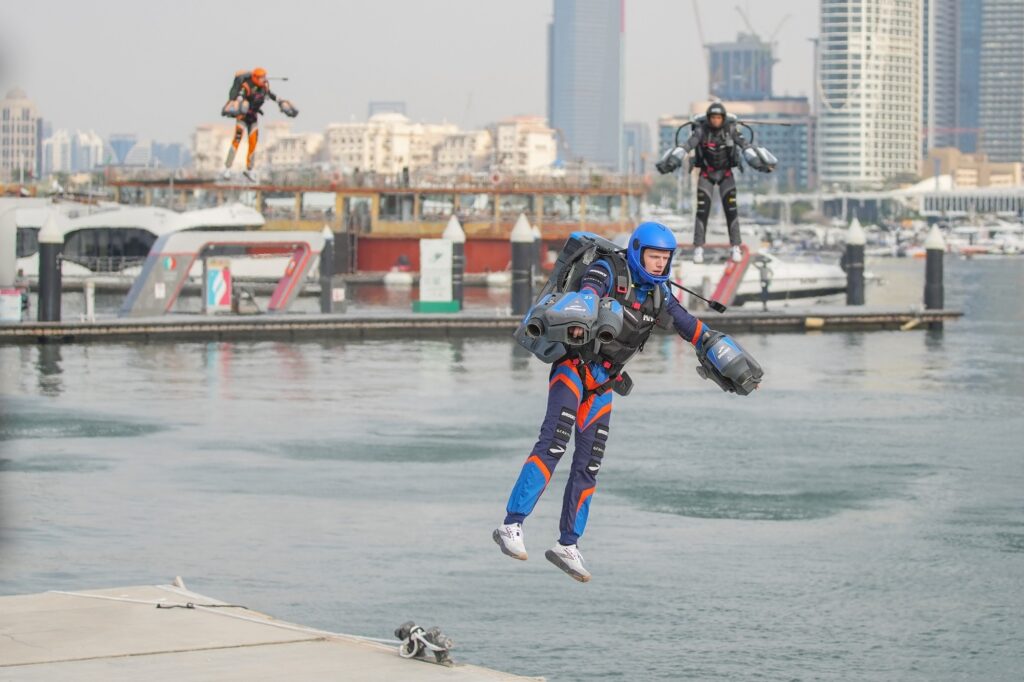
The jetpack was first thought to have been conceived more than 100 years ago by Russian Alexander Andreev, but it was not until Bell Aerosystems began developing the ‘Bell Rocket Belt’ in the 1950s that the technology was seen as a viable mode of flight.
Much of the early thinking was that jetpacks could be used by the US Army, whereas modern versions of the transportation system are also being marketed towards emergency responders, including police and mountain rescuers.
While ultimately the jetpack industry has not failed, it has been an incredibly long journey that’s never truly gotten off the ground due to cost, danger and the training requirements.
However, there is hope with a handful of companies such as Jetpack Aviation, Frank Zapata’s Flyboard Air, Gravity Industries and Maverick Aviation developing the concept.
Maverick Aviation’s jetpack is of particular interest as its patent pending flight control system provides automated stability, making it easier for a non-pilot to operate without extensive training.
It is quite conceivable that with this type of development the jetpack will finally have its moment in the sun after over a century of development and, if it does, it will certainly have been worth the wait.
What do you think? Are eVTOL aircraft another brilliant aviation idea destined to fail? Feel free to share your comments below!

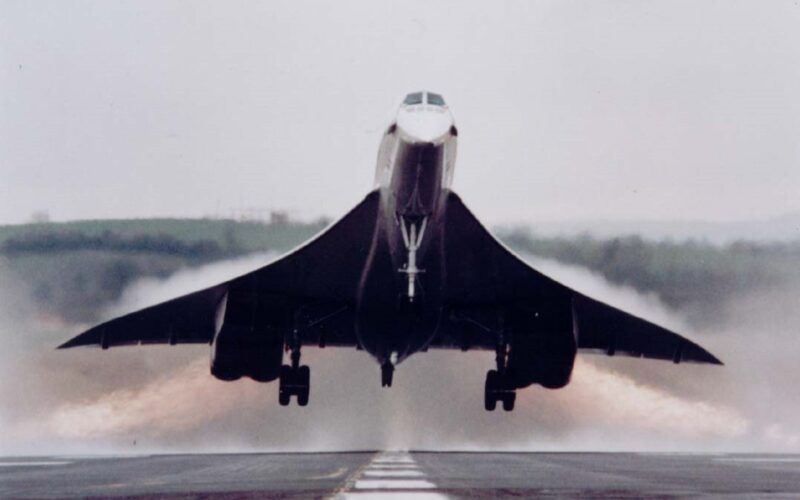
2 comments
About the eVTOL to be used as taxi, one major concern was left aside and never adressed by the media : what qualification would be required to FLY this aircraft ? Unless it would be certified as a fully automated drone; and that is far from being accepted by regulators bodies … and by human future users; just look what hapened to auto-driving cars ; a Taxi- eVTOL would then be fly by pilots holding specific licences. And that’s another story far beyond what story-tellers are trying to sell us … with people simply hoping into their “flying cars” with just a car driving licence !
A large number of eVTOL in development are leaning towards air taxi service. But is there a market? Battery power eVTOL aircraft only allows short flights. It seems most of the eVTOL developers are just following along hoping the air taxi will be accepted by the people. The noise generated from the aircraft might be a problem in urban cities.
Then there is the last mile where a Uber or other transportation is needed to get to your final destination. The customer has the cost to travel to the Vertiport by taxi or car. There will be parking fees to leave your car at a vertiport. adding to the customers cost to travel by a Air Taxi.
Moving Cargo by air is a booming market that few are following? The Hopper is a VTOL aircraft that is designed to move cargo or people. The Hopper will use a hybrid generator system to extend the flight time.www.hopper-express.com